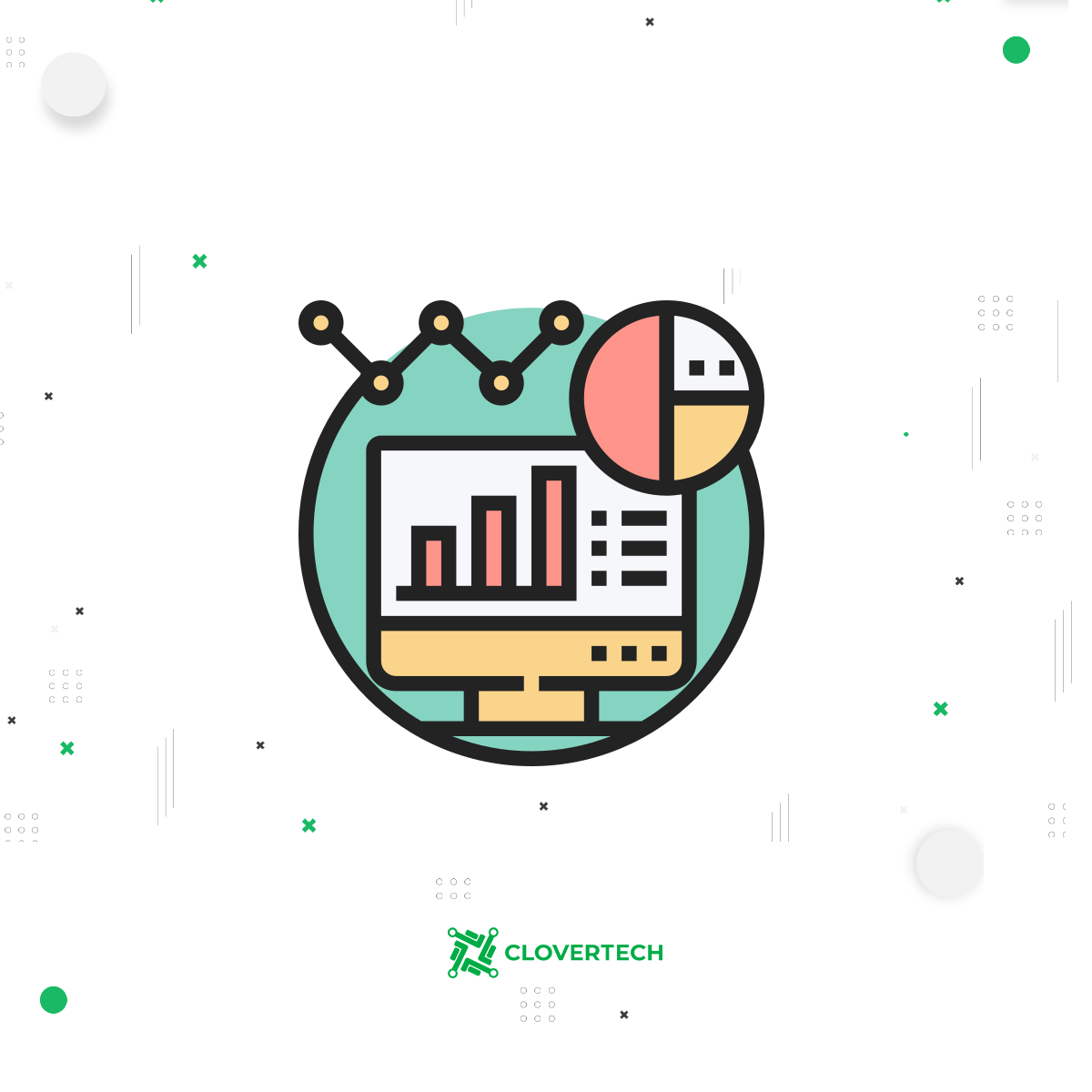
Main Approaches of Data Analysis
The analytics approach is structuring a large amount of information to evaluate it, retrieving valuable facts and insights. This helps describe retrieved data, predict possible failures and outcomes, and create a plan based on the analyzed information. Therefore, many companies compete to research as much market information as possible since it gives a great advantage to them.
In this article, we will discuss the main types of data analysis used in the modern information technology world.
Main Approaches of Data Analytics
To get the most relevant information from data research, a proper approach is certainly to be chosen. There are four main approaches considered by modern data scientists:
- Descriptive analysis (What?)
- Diagnostic analysis (Why?)
- Predictive analysis (If…)
- Prescriptive analysis (How?)
Let’s take a look at these.
Descriptive Analysis
Basically, the descriptive approach is only about the facts. It is about collecting information from various sources, e.g. dashboards, reports, statistics, etc. All descriptive analysis results answer one question – What? What is our income? What is the number of users this month? What feature is used the most? And so on.
This approach is usually the start of any analytical strategy.
Descriptive analysis examples
- Tendencies and trends generalization
- Marketing campaigns summaries
- Social surveys
- Analyzing documents and reports
This kind of analysis provides good knowledge that helps to predict future stats and improve the current ones.
Diagnostic Analysis
Similar to the descriptive analysis, the diagnostic one focuses on the actual results. However, it is focused on the reasons for the occurrence of the facts and results. It’s aiming to compare the past and current cases to identify hidden problems. The analysis’ results always answer the Why? questions. It uses techniques like sensitivity and regression approaches.
Diagnostic analysis examples
- Comparing programming languages to choose the most relevant one
- Testing application responses to detect the problem
Predictive Analysis
The predictive approach helps with future decision-making. Obviously, this analysis’ results won’t be 100% accurate. However, the retrieved assumptions may be helpful for your decision-making and prevent some mistakes.
This approach requires using quantitative analysis to build predictive models. Making those requires skills and experiences, and it is rather time-consuming. Nevertheless, it is highly demanded nowadays due to its valuable impact.
Since this approach has a lot of benefits, we want to highlight its advantages.
The advantages of predictive analysis:
- It is highly efficient
- Involves customers
- Prevents wrong decisions
- Minimalizes risks
Prescriptive Analysis
This approach is used to make recommendations based on the predicted results of the predictive analysis. This approach may help achieve the most specific goals through the environment simulations and collecting data from those.
It is mostly used with machine learning and artificial intelligence.
Prescriptive analysis examples
The best part of this type of analysis is the fact that it can be efficiently applied to any industry. For example:
- Gas and oil
- Production and storages management
- Evaluating costs effectiveness
What approach suits you best?
To choose the perfect approach, we do recommend you to answer the following questions:
- What is your current data analysis approach?
- How many resources can be invested in data analysis at the moment (money, time, etc.)
- Do you have skilled analysts in your team? In case you do, how many of them want to be involved in new practices?
- What instruments do you obtain and which ones you can add to your equipment?
In the perfect case, the approach you choose should allow performing the analytics starting from the easiest point and then progressing into more complex ones. We also recommend you have enough skilled specialists on your team so you can achieve the best results faster.



